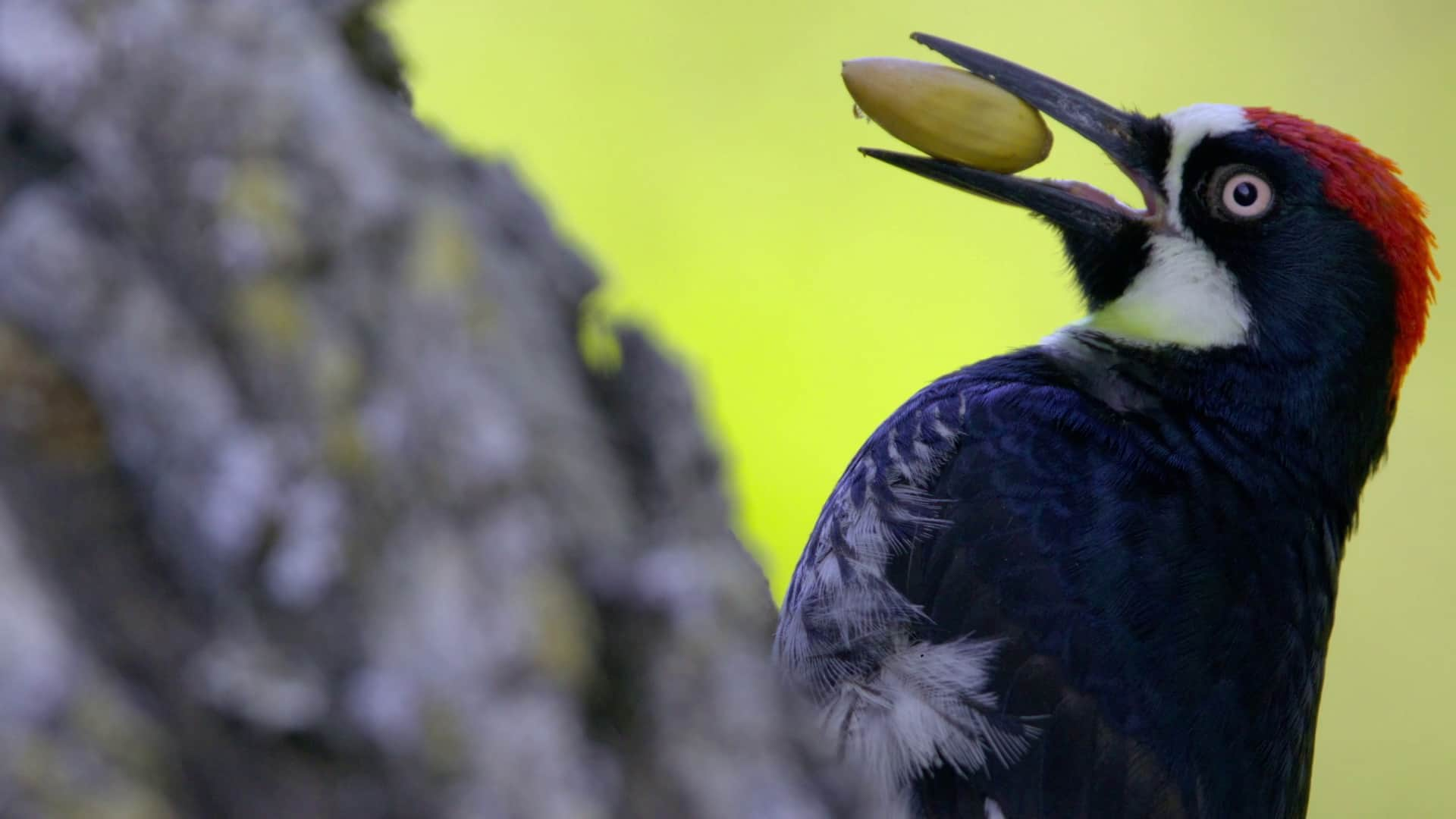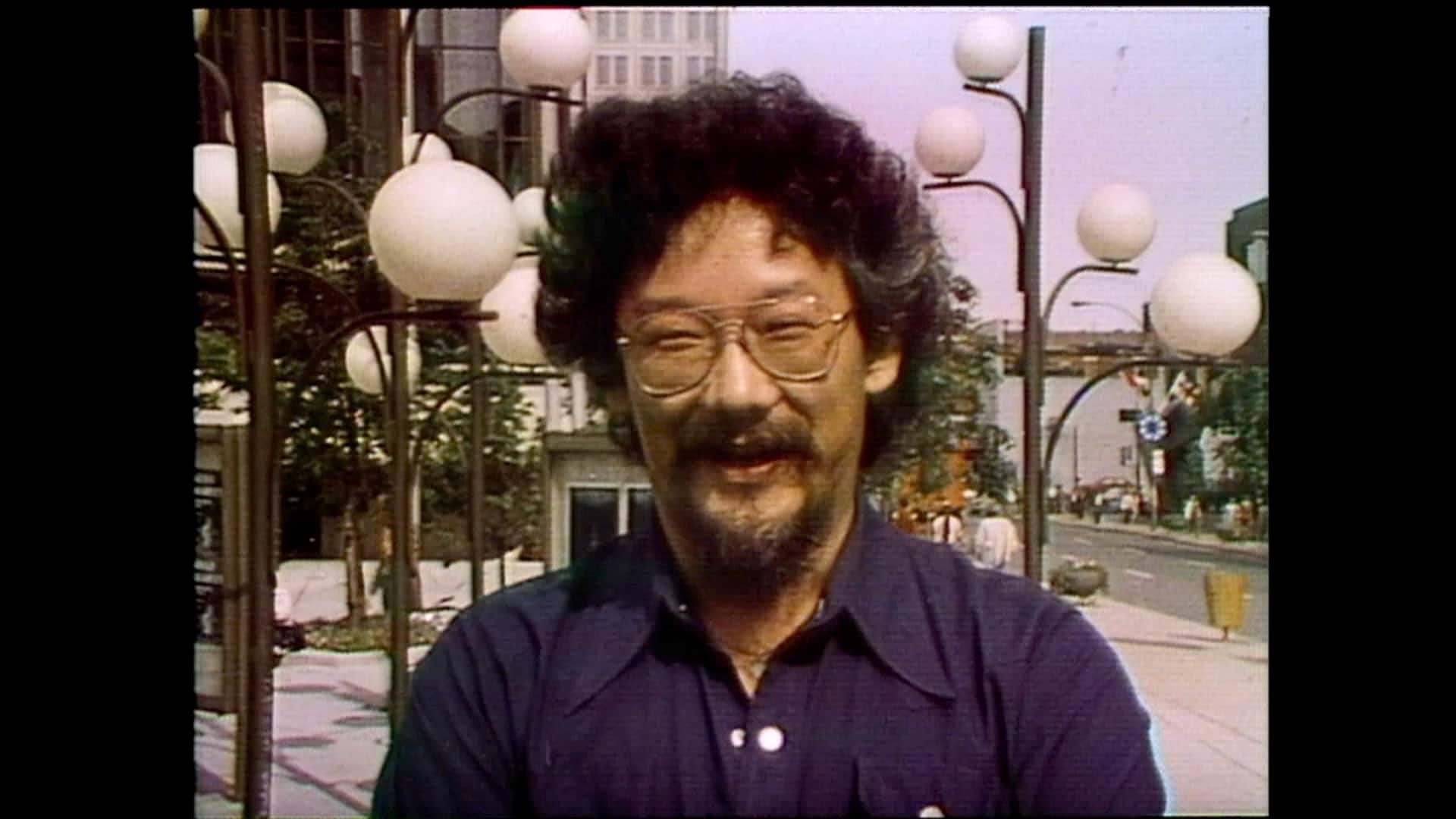This Summer I Headed Straight Towards The Fire
Driving past the trailer park in Ashcroft, we were silent. It had been reduced to an eerie ghost town of ashes.
I’ve always been scared of fire. I wasn’t the type of kid who played with matches or begged to light the campfire. It didn’t help that when I was 21, the fire alarm in my Toronto high rise went off in the middle of the night. I remember scrambling down the smoky staircase in a daze. I was terrified.
Watching the Fort McMurray wildfire unfold in my living room in 2016 felt even more surreal. What was it like for the nearly 90,000 residents who had to flee through the flames? I couldn’t imagine it. But I know, like so many Canadians, I wanted to understand it. Directing Into the Fire was my chance to head straight to the flames.
MORE:
Into the Fire
Ten Ways to Help Your Home Survive a Wildfire
I arrived with my crew in Fort McMurray on the first anniversary of “The Beast” to start filming. The city was quiet, marking the occasion with a low-key event in the park. We were there to find out why some neighbourhoods had burned to the ground. It was heartening to see construction workers building new homes all over town. But it’s also essential for researchers to study this catastrophe, because as one expert put it, “there are lessons in the ashes.”
Recently, British Columbians discovered only too well that the Fort Mac fire was not a one-off. In July, Alberta scientist Mike Flannigan quickly hopped on a plane to meet up with us as we raced to BC’s biggest blaze. Driving past the trailer park in Ashcroft, we were silent. It had been reduced to an eerie ghost town of ashes.
More than a million hectares of the BC landscape burned this summer. To grasp just how immense that is, picture a million soccer fields put together. As Prof. Flannigan told me, in hot, dry, windy weather, “a spark can start a raging inferno.”
Climate change, combined with our tendency to put out every small blaze instead of sometimes letting nature take its course, means large wildfires are becoming more frequent and more intense. My producer colleague Jackie Carlos journeyed to a remote part of Australia, where she filmed indigenous fire rangers making a remarkable impact on the landscape by rekindling an ancient tradition. For them, fire means life, not fear.
I am still a little afraid of fire, but I have also learned to respect it. After all, as one scientist reminded me, it was on this earth before we were.








